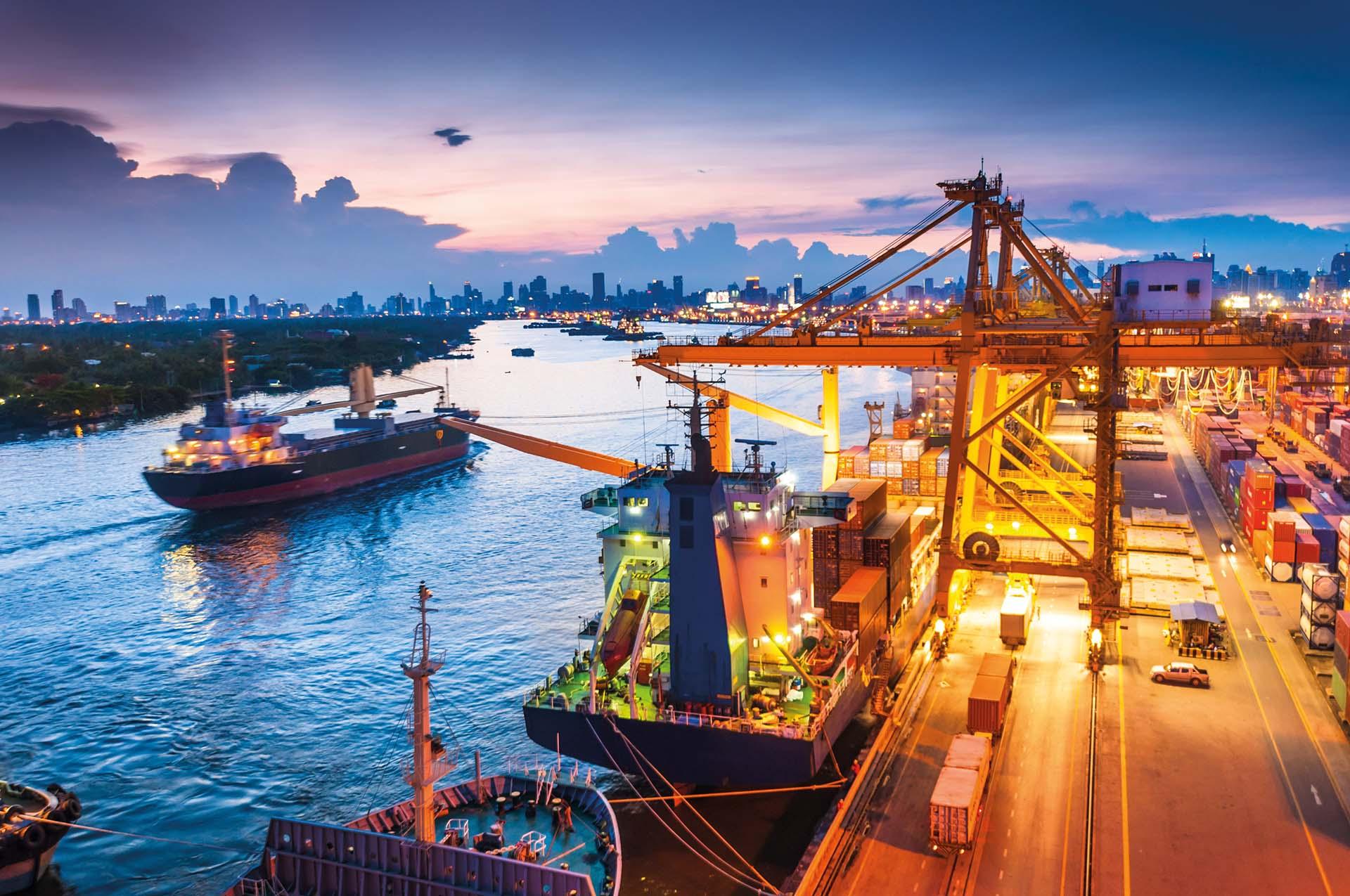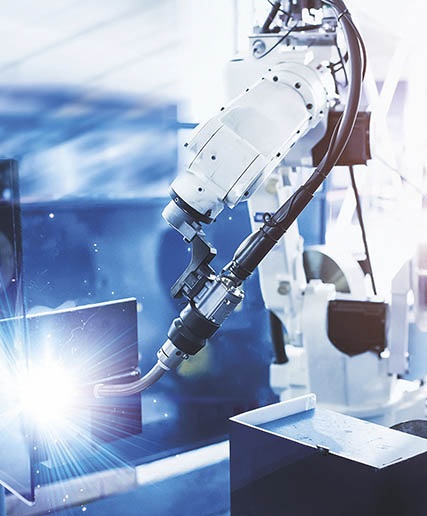Get in touch with us
Open application



ADANI, a top-ten company from India, operates dredgers as well as power plants, transport companies, and ports. IMOTEC supplied the software for ADANI’s dredgers to control the sand and water pumps, adjust the valves on the vessels, visualise and control the position of the suction pipes, and automatically control the draught of the vessels. IMOTEC called upon VIRO for the development of this software. Theo de Vries, head of the Software & Control department, talks about the complexity of the project.
Control over numerous process variables
‘The main difficulty is that you have to control a vast number of process variables at the same time,’ explains Theo de Vries. ‘While the dredger is operating, it pumps a mixture of sand or sludge up from the sea or river bed through two suction pipes and into the hopper. This changes the stability of the vessel. In addition, the vessel has to navigate the correct route, so the suction pipes must not be allowed to get under the hull. Of course, the vessel also needs to take account of other maritime traffic and external factors that affect the process, such as the current and the wave action. Although the software that we have developed does not control the thrust or the rudder, it does provide the captain with the information to make the right decisions and intervene in time.’
Balance between sand and water
‘It is also important to achieve optimum productivity when collecting the sand mixture. It is crucial that the head of the suction pipe is kept at the right depth. Only if this condition is met will the vessel suck up the correct sand mixture. If you lower the head too much, the suction pipe will become clogged and a lot of damage will result. If you don’t lower the head enough, then you only pump water into the hopper. In addition, the suction pipe assembly includes a number of joints, whose angles must be kept within safe operating limits. You need to take that into account too.’
Stable and productive
‘The sand mixture is pumped on board and is poured into a hopper. By opening and closing valves, the crew can adjust where the sludge goes. They use “our” software to control these valves. Once in the hopper, the sand settles and the excess water, or overflow, can be pumped out in a controlled manner through a discharge pipe, whose height can be adjusted. This method allows the hopper to fill up with the sand mixture. It is important that the sand mixture is distributed evenly over the vessel, so its stability is safeguarded and the optimum amount of sand mixture can be loaded. Adjusting the speed of the large dredging pump allows you to influence this process.’
From data to functional information
‘In total, the software processes over 800 I/O signals. Overall control is carried out in several places by various people, who all need to be able to access the right information at the right time, e.g. the captain, the dredging crew (who check the position of the suction tubes) and the dredging motor crew. Using the data that the software processes into information, these people can control the operation. Thanks to the software, they have access to real-time information. The information is displayed in a task-based manner at various locations on board the vessel. This allows the crew to assess the operation and make any necessary adjustments. For example, captains can monitor operations from their own wheelhouse during their breaks. It is also possible to set up a link with the shore. That’s where we keep the schedule that determines how many days or weeks the dredging work will take.’
Navigating to the discharge point
The final phase in the dredging process involves discharging the sand mixture. There are three options available. One: you sail out to the open sea, open the hull doors and pour the sand mixture on to the seabed. Two: you spray the sand mixture on to an island, as was done in the United Arab Emirates. Three: you pump the sand mixture to the shore along an extremely long hose. All three systems are managed from a single, integrated control system, developed for IMOTEC by VIRO’s software engineers.